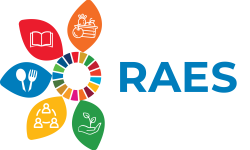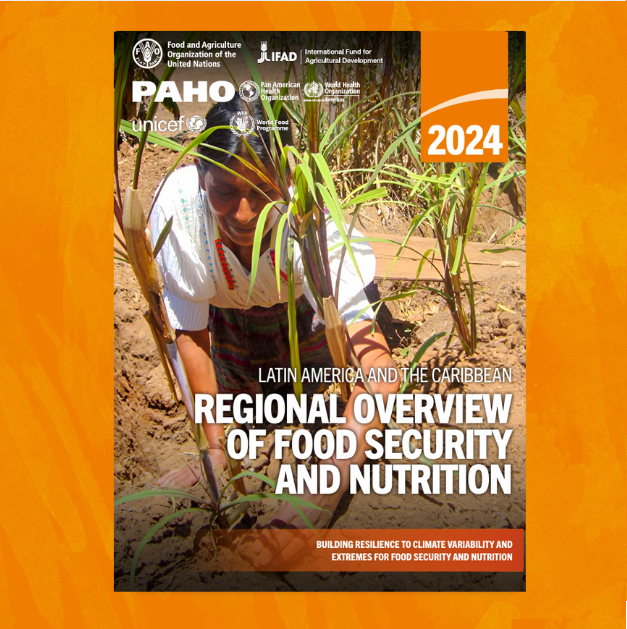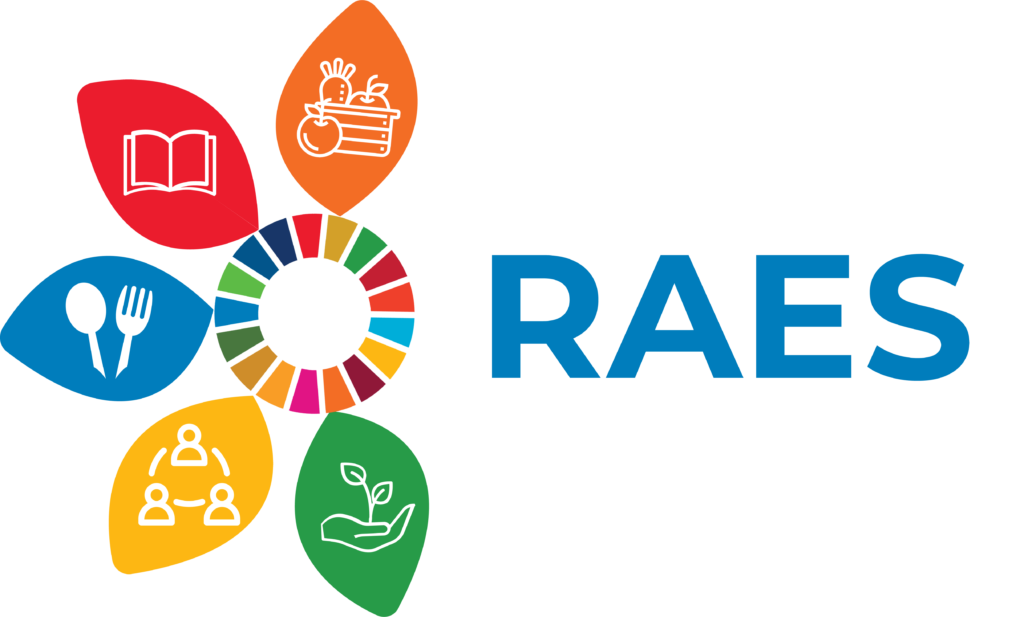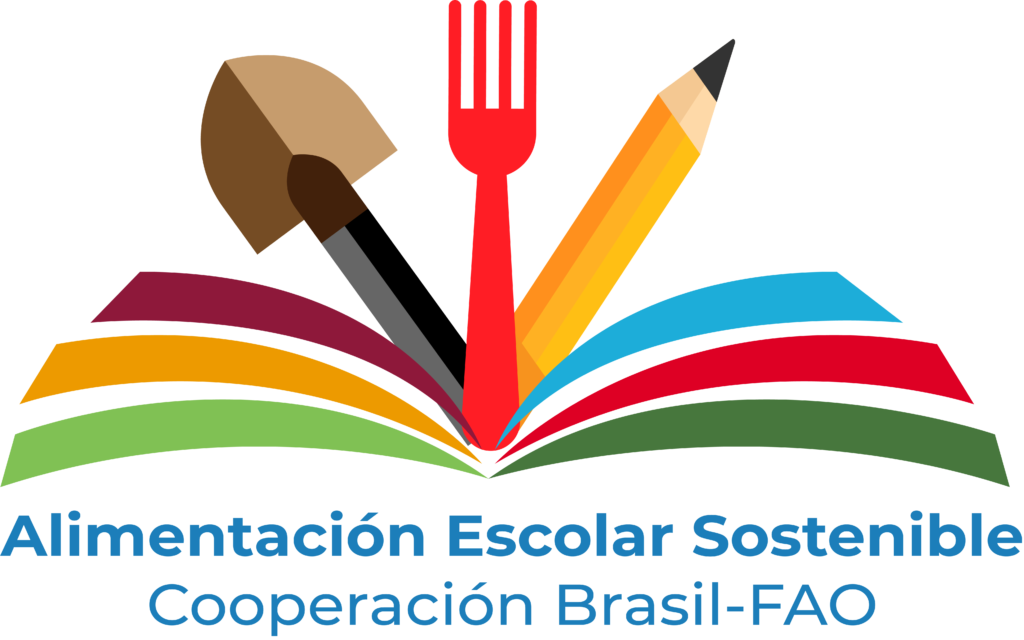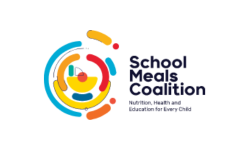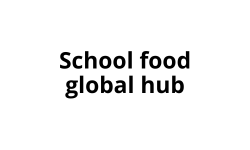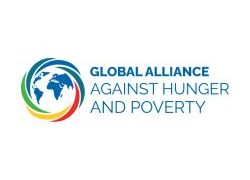Climate variability and extreme events reduce agricultural productivity, disrupt food supply chains, and increase prices. In turn, strengthening school feeding programmes and promoting public procurement from family farmers enhance the resilience of agrifood systems.
Brasília, Brazil, January 27, 2025 – The shifting patterns of climate variability and extreme events are negatively impacting food security and exacerbating other drivers of malnutrition in all its forms across Latin America and the Caribbean (LAC), according to the “Regional Overview of Food Security and Nutrition 2024” report. Published on January 27, the report highlights that LAC is the second most exposed region in the world to extreme climate events, after Asia.
At least 20 countries in the region experience a high frequency of these events, and 14 are considered vulnerable, with a higher likelihood of increased undernourishment due to such phenomena. The impact of extreme climate events is further intensified by persistent structural challenges, such as conflicts, economic slowdowns, crises, high levels of inequality, lack of access to healthy diets, and unhealthy food environments.

To address these challenges, the report highlights actions and policies with integrated and cross-cutting approaches capable of strengthening agrifood system capacities. One such example is school feeding programmes (SFP), which have the potential to ensure healthy, adequate, and nutritious food for students while simultaneously promoting public procurement from local family farmers.
The report underscores that SFP are among the most widely implemented policies in the region, with significant budget allocation, making them an essential social safety net for vulnerable populations. It also highlights that SFP provide benefits across multiple intersectoral objectives, including health, nutrition, education, human capital, and local agriculture, depending on the type of food provided and their integration with complementary interventions.
The study adds that SFPs help mitigate food insecurity by providing a regular source of nutritious food to millions of students, strengthening the resilience of children and their families, and better preparing them to respond to climate-related shocks.
It states: “School feeding programmes constitute an intervention that facilitates the adaptation and response of agrifood systems to climate events or health emergencies that affect food supply chains, food environments, and food access and consumption. If these programmes are continued during crises, or even escalated, they can become a powerful mechanism of shock-responsive social protection and a means to guarantee the Right to Adequate Food of the population that is most affected by these events or emergencies”.
The connection between SFP and local food public procurement is also highlighted in the report, noting that this practice contributes to the resilience of agrifood systems. In Latin America, at least 15 countries have implemented or are initiating these practices. For example, in Brazil, since 2009, SFPs have supported 450,000 family farmers by promoting sustainable production, improving the income of local communities, and increasing access to healthy diets.
As part of the Brazil-FAO Cooperation, the Sustainable Schools methodology has been applied since 2012, cited as well in the report as a successful initiative to strengthen SFP. This methodology is structured around six components, including public procurement from family farmers, the provision of adequate and healthy menus, the implementation of food and nutrition education (FNE) actions, improvement of school infrastructure, social and community participation, and intersectoral and interinstitutional coordination. In practice, this approach seeks local, concrete solutions developed collectively by various actors and social sectors.
“At RAES, we highly value the Panorama’s emphasis on the role of SFP due to their transformative potential to strengthen and increase the resilience of agrifood systems. Whether through promoting public procurement from family farming, implementing FNE actions, or providing fresh, healthy, and nutritious food to millions of students, the school feeding agenda and the agenda to reduce climate impacts can no longer be viewed separately. This regional document highlights this connection once more,” stated Najla Veloso, Executive Secretary of the RAES Network, driven by the Government of Brazil and FAO.
Hunger and food insecurity decline for the second consecutive year
According to the report, between 2019 and 2023, the prevalence of undernourishment increased by 1.5% in countries affected by climate variability and extremes. The situation worsens in the context of economic recessions, where vulnerable populations are disproportionately affected, as they have fewer resources to adapt.
At the same time, hunger affected 41 million people in the region in 2023, a decrease of 2.9 million compared to 2022 and 4.3 million compared to 2021. However, disparities persist among subregions. Hunger prevalence has been rising over the past two years in the Caribbean, reaching 17.2%, while remaining relatively stable in Mesoamerica at 5.8%.
Regarding moderate or severe food insecurity, the region showed progress, falling below the global average for the first time in a decade. In total, 187.6 million people in the region experienced food insecurity, 19.7 million fewer than in 2022 and 37.3 million fewer than in 2021. This progress is attributed to the economic recovery of several South American countries through social protection programmes, post-pandemic economic efforts, and targeted policies to improve food access.
The report indicates that stunting affected 22.3% of children under five globally in 2022. In LAC, the prevalence was estimated at 11.5%, significantly below the global average. In 2022, 5.6% of children under five globally were affected by overweight, compared to 8.6% in LAC.
The report also identifies the lack of economic access to healthy diets as a critical issue. In 2022, 182.9 million people in the region could not afford healthy diets. This represents a 2.4% improvement compared to 2021, meaning 14.3 million more people could afford healthy diets.
The agencies emphasized the need to further accelerate investments and actions aimed at building long-term capacities to respond to climate variability and extreme climate events. The Regional Overview of Food Security and Nutrition 2024 is a joint publication by the Food and Agriculture Organization of the United Nations (FAO), the International Fund for Agricultural Development (IFAD), the Pan American Health Organization/World Health Organization (PAHO/WHO), the World Food Programme (WFP), and the United Nations Children’s Fund (UNICEF).
